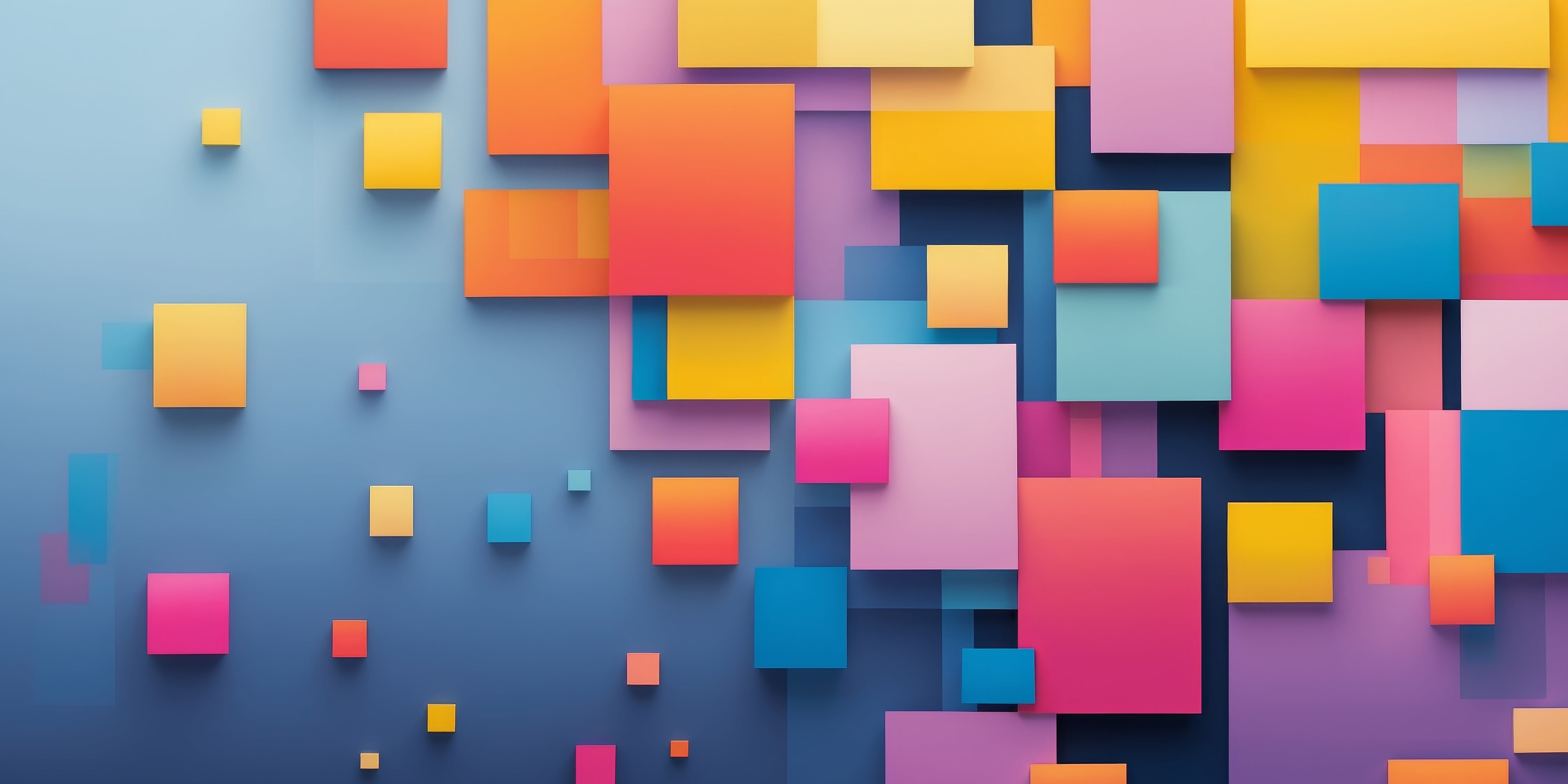When Blitz Creed started taking shape, it was clear the cards would play a major role in the game. But before diving into fancy designs, the focus was on simplicity.
We grabbed a pen and some paper, sketched out rough ideas for the cards and focused on testing the game mechanics.
At this stage, it wasn’t about making things look pretty, it was about seeing how the game played in action.
We didn’t worry about colours, fonts or perfect graphics. All we cared about was whether the gameplay felt right.
Could the mechanics flow smoothly?
Did the card interactions make sense?
The goal was to get a feel for the game itself and that meant keeping the design basic. Those rough sketches gave us the chance to quickly test ideas without getting distracted by details.
Once we had a solid idea of how the game was going to play, we moved on to the next step.
Design Softwares
When it comes to designing cards for your game, there are a variety of software options to choose from. We used Adobe Illustrator to create cleaner, digital versions of the cards, but honestly, you can use whatever software you’re comfortable with.
Whether it’s Inkscape, Affinity Designer or even Canva, the goal is simple; make the cards look a bit more polished without getting stuck in the details.
Remember, you don’t need the perfect design right now, just something functional to help with testing.
When choosing design software, it’s important to know the difference between vector-based and pixel-based designs.
Vector graphics (used in Illustrator, Inkscape, etc.) are scalable, meaning they can be resized without losing quality.
This is ideal for creating sharp, clean designs that can be used for everything from small cards to large posters.
On the flip side, pixel-based software (like Photoshop) works by using pixels to create images. This means resizing can make things look blurry or pixelated.
Both types of software have a learning curve, but vector programs tend to be a bit easier when you need to scale and adjust designs. Pixel-based software can feel more natural if you’re working with detailed images, but you’ll have to be more mindful of resizing.
That being said, don’t get too bogged down in the software or design details at this stage. The focus here is on functionality, not perfection.
The goal is to have a working model of your cards in proper form so you can test the mechanics, not spend hours fine-tuning graphics.
For us, we used free vector images online as placeholders, just enough to visualise how the cards might look.
Once the digital designs were ready, they were taken to a local print shop. The A4 pages were printed and then cut into smaller cards, giving us a simple, physical version of our game to test with.
Even though the designs weren’t finalized, it was invaluable to have actual cards in hand for playtesting. It allowed us to keep refining the gameplay while the artwork was still a work in progress.
Why Keeping It Simple Works
It’s easy to get hung up on making everything perfect, but the truth is, you don’t need a fancy design to test a game.
Starting with a rough version of the cards lets you figure out if the game mechanics actually work.
You can tweak and change things on the go without worrying about how the cards look.
Once we knew the game was solid, we handed it over to a designer to give it a polished, professional look.
While they worked on the final designs, we kept testing and improving the gameplay.
This way, we didn’t have to wait around for the artwork to be done which allowed us to keep refining the game.
Starting with simple, functional designs is key to getting the gameplay right. Once you’ve got that down, then you can focus on making everything look great.


Share:
Writing The Rules
Hiring A Designer